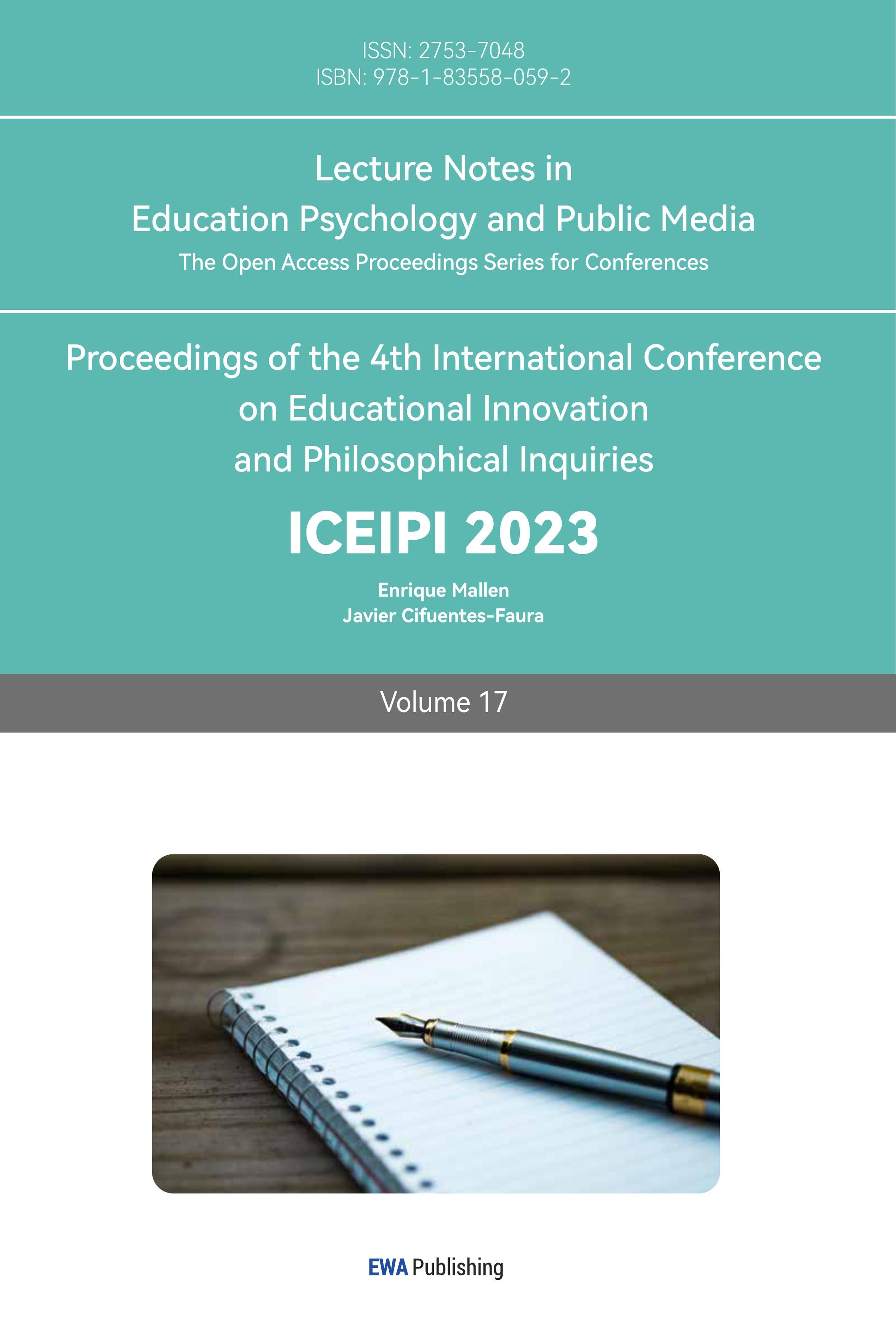References
[1]. Andy Greenberg. (2018) The Untold Story of NotPetya, the Most Devastating Cyberattack in History. Retrieved form What is NotPetya? 5 Fast Facts | Security Encyclopedia (hypr.com).
[2]. James Pearson, Raphael Satter, Christopher Bing and Joel Schectman. (2022) Exclusive: U.S. Spy Agenc’ Probe: 5abotqge of Sn/ellie Internet Dung Russan Invasion, Sources Say. Retrieved form Exclusive: U.S. spy agency probes sabotage of satellite internet during Russian invasion, sources say | Reuters.
[3]. Marcus Willett. (2022) The Cyber Dimension of the Russia–Ukraine War. Survival, 64:5, 7-26.
[4]. Marco Roscini. (2015) Cyber Operations as a Use of Force. Research Handbook on International Law and Cyberspace, Edward Elgar Publishing.
[5]. Macro Roscini. (2010) Worldwide warfare—jus ad bellum and the use of cyber force. Max Planck Yearbook of United Nations Law,14, 96.
[6]. Huang Zhixiong. (2015) International Legal Issues concerning ‘Cyber Warfare’ and Strategies for China: Focusing on the Field of Jus ad Bellum. Modern Law Science, 5, 148.
[7]. Walter G. Sharp Sr. (1999) Cyberspace and the Use of Force. Aegis Research Corporation, 88-91.
[8]. JI Hua. (2016) Use of Force in the Cyber Warfare as Defined in Tallinn Manual: Analysis from the Angle of the International Law. Jianghan Academic, 35.3, 28-34.
[9]. United Nations General Assembly. (2015) Report of the Group of Governmental Experts on Developments in the Field of Information and Telecommunications in the Context of Internal Security, A/70/174, para.26.
[10]. Yu Mingyou and Ma ran. (2006) UN Collective Security System’s Legal Control of the Use of Force: Challenge and Reform. International Law Review of Wuhan University, 2, 60.
[11]. Zhang Hua. (2022) Legal Pathways for the Application of the Prohibition on the Use of Force Principle in Cyberspace. China Legal Science, 2, 286.
[12]. Legality of the Threat or Use of Nuclear Weapons, Advisory Opinion, I.C.J. Reports (1996). p.226, para.39.
[13]. Foltz and Andrew and C. (2012) Stuxnet, Schmitt Analysis, and the Cyber “Use-of-Force” Debate. Joint Force Quarterly, 64, 42-43.
[14]. J. Valuch and Ondrej Hamuľák. (2020) Use of Force in Cyberspace. International and Comparative Law Review, 20, 174-191.
Cite this article
Leng,Y. (2023). When Can Cyberattack Constitute Use of Force: A Case Study of Cyberattack in the Russia-Ukraine Conflict. Lecture Notes in Education Psychology and Public Media,17,201-207.
Data availability
The datasets used and/or analyzed during the current study will be available from the authors upon reasonable request.
Disclaimer/Publisher's Note
The statements, opinions and data contained in all publications are solely those of the individual author(s) and contributor(s) and not of EWA Publishing and/or the editor(s). EWA Publishing and/or the editor(s) disclaim responsibility for any injury to people or property resulting from any ideas, methods, instructions or products referred to in the content.
About volume
Volume title: Proceedings of the 4th International Conference on Educational Innovation and Philosophical Inquiries
© 2024 by the author(s). Licensee EWA Publishing, Oxford, UK. This article is an open access article distributed under the terms and
conditions of the Creative Commons Attribution (CC BY) license. Authors who
publish this series agree to the following terms:
1. Authors retain copyright and grant the series right of first publication with the work simultaneously licensed under a Creative Commons
Attribution License that allows others to share the work with an acknowledgment of the work's authorship and initial publication in this
series.
2. Authors are able to enter into separate, additional contractual arrangements for the non-exclusive distribution of the series's published
version of the work (e.g., post it to an institutional repository or publish it in a book), with an acknowledgment of its initial
publication in this series.
3. Authors are permitted and encouraged to post their work online (e.g., in institutional repositories or on their website) prior to and
during the submission process, as it can lead to productive exchanges, as well as earlier and greater citation of published work (See
Open access policy for details).
References
[1]. Andy Greenberg. (2018) The Untold Story of NotPetya, the Most Devastating Cyberattack in History. Retrieved form What is NotPetya? 5 Fast Facts | Security Encyclopedia (hypr.com).
[2]. James Pearson, Raphael Satter, Christopher Bing and Joel Schectman. (2022) Exclusive: U.S. Spy Agenc’ Probe: 5abotqge of Sn/ellie Internet Dung Russan Invasion, Sources Say. Retrieved form Exclusive: U.S. spy agency probes sabotage of satellite internet during Russian invasion, sources say | Reuters.
[3]. Marcus Willett. (2022) The Cyber Dimension of the Russia–Ukraine War. Survival, 64:5, 7-26.
[4]. Marco Roscini. (2015) Cyber Operations as a Use of Force. Research Handbook on International Law and Cyberspace, Edward Elgar Publishing.
[5]. Macro Roscini. (2010) Worldwide warfare—jus ad bellum and the use of cyber force. Max Planck Yearbook of United Nations Law,14, 96.
[6]. Huang Zhixiong. (2015) International Legal Issues concerning ‘Cyber Warfare’ and Strategies for China: Focusing on the Field of Jus ad Bellum. Modern Law Science, 5, 148.
[7]. Walter G. Sharp Sr. (1999) Cyberspace and the Use of Force. Aegis Research Corporation, 88-91.
[8]. JI Hua. (2016) Use of Force in the Cyber Warfare as Defined in Tallinn Manual: Analysis from the Angle of the International Law. Jianghan Academic, 35.3, 28-34.
[9]. United Nations General Assembly. (2015) Report of the Group of Governmental Experts on Developments in the Field of Information and Telecommunications in the Context of Internal Security, A/70/174, para.26.
[10]. Yu Mingyou and Ma ran. (2006) UN Collective Security System’s Legal Control of the Use of Force: Challenge and Reform. International Law Review of Wuhan University, 2, 60.
[11]. Zhang Hua. (2022) Legal Pathways for the Application of the Prohibition on the Use of Force Principle in Cyberspace. China Legal Science, 2, 286.
[12]. Legality of the Threat or Use of Nuclear Weapons, Advisory Opinion, I.C.J. Reports (1996). p.226, para.39.
[13]. Foltz and Andrew and C. (2012) Stuxnet, Schmitt Analysis, and the Cyber “Use-of-Force” Debate. Joint Force Quarterly, 64, 42-43.
[14]. J. Valuch and Ondrej Hamuľák. (2020) Use of Force in Cyberspace. International and Comparative Law Review, 20, 174-191.









